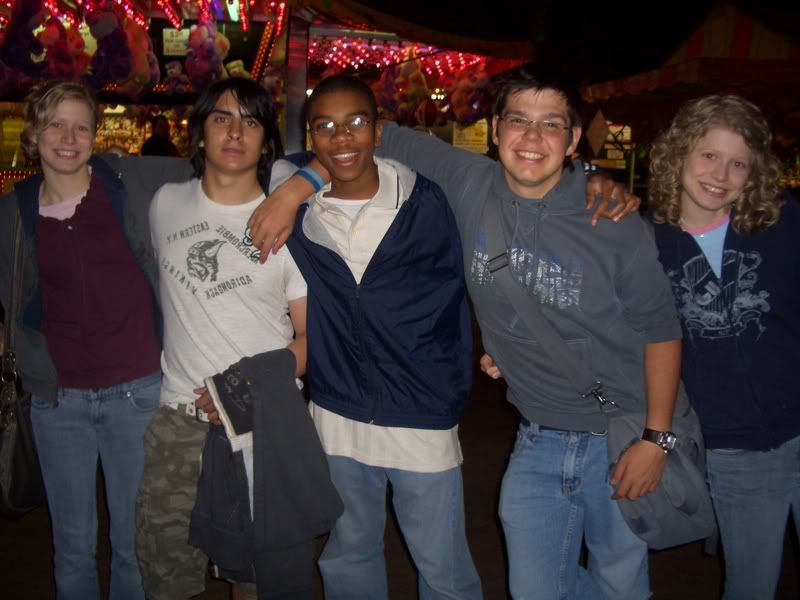Southwest needs to better train their pilots?
Flying from Kansas City to Albuquerque involved a unique, yet frightening, travel experience. Returning back from an epic family reunion in KC, I was nowhere near prepared for the mind-jaring approach and landing that this “certified?” pilot would attempt to perform.
I’ve always been a big fan of aviation, and have attempted to learn over the years, basic operating procedure. Would very much appreciate some feedback from actual pilots, or pilots in training, as to my accuracy.
The aircraft was a Boeing 737. The take off from KMCI was great. We made a turn southwest, and began the 1K mile stretch to ABQ (Albuquerque). Things got interesting during the last 10 minutes of the flight. The flight was between the last VOR beacon (ground-based beacons that lead the autopilot towards the destination) and the initial approach path (point when auto-pilot is disconnected and pilot begins to manually maneuver, the aircraft, towards runway alignment). At this point we were around 5,000 ft., just a few miles out of ABQ. It was clear that we were coming in too high and too fast.
Personally think the smart thing would have been to give up on the approach and “go around.” Making a series of large loops around the airport would have given the aircraft time to slow down, and to decrease altitude. The pilot would have had an extra 10 minutes to get aligned with the runway, and make a smooth and gradual decent to the ground. He instead, decided to land immediately, and to give us all the ride of our lives.
In a desperate attempt to slow down, the pilot let out full flaps (hinged surfaces on the trailing edge of the wings). He then turned both engines off, and engaged reverse thrusters for 10 full seconds (while still airborne). A reverse thrust, is referring to when a jet reverses its engines in order to slow down (instead of speed up). This usually happens right after touchdown, and never while still airborne. This is due to the risk of actually stalling the aircraft. At about 1,500 ft., we went through a series of dips, sharp accelerations and decelerations, and very steep banks, as the pilot attempted to align, himself, with the runway. Aligning a large jet with a runway, at such a low altitude, is very difficult. Usually alignment happens at a much higher altitude, when the plane is much further away from the airport.
After another engine shut off, one more 5 second reverse thrust, and a few 45 degree banks, we finally aligned with the runway at about 700 ft. We hit the ground hard and very fast. It was the hardest landing I had experienced. We had been on many flights throughout the day, and you could tell, comparatively, how unusually fast the landing speed was. After we hit the ground, the pilot engaged reverse thrust for 20 full seconds. Usually after touching down, a 737 would need only 8-10 seconds of reverse thrust. He then used part of the taxiway to slow the plane to a full stop.
The pilot, clearly shaken, wearily welcomed us to ABQ (Albuquerque). After taxiing for a minute, he had to suddenly slam on the breaks to avoid colliding with an airport service vehicle. Not sure if the pilot decided to let the co-pilot fly, or if he was a rookie, but he shouldn’t have been flying. Such a landing, on a clear, sunny day, and into a virtually terrain-less environment, was unusual.
When the Fog Hangs Over Old London Town
12 years ago

No comments:
Post a Comment